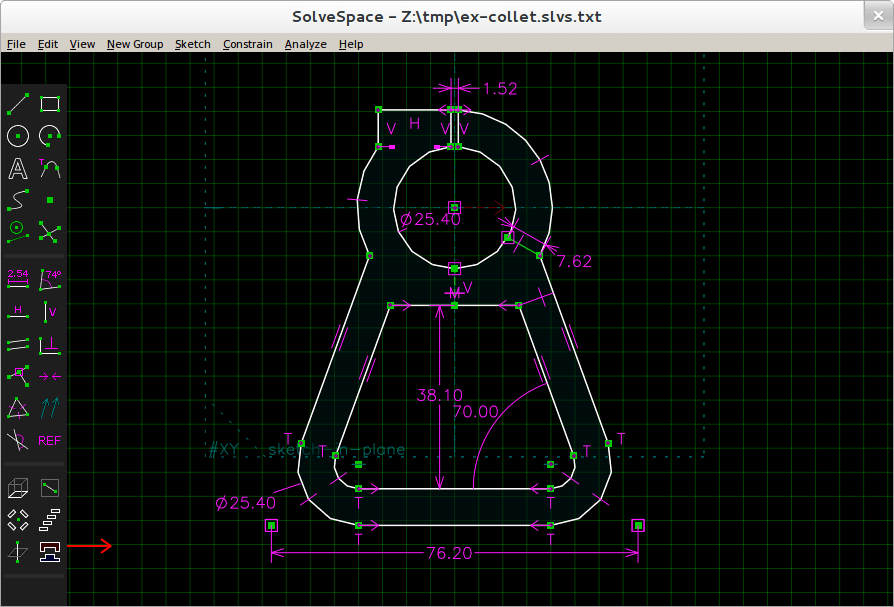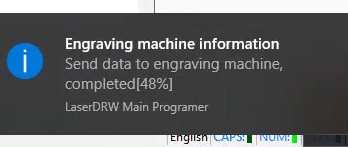
And make sure the laser PSU (power supply) and the 24V power supply is also grounded at the same point. Make sure you have a common ground between the C3D board and the the ground point of your laser machine. I don’t think I can see the plasma beam inside the tube but somehow burns the tape on the lenses And even after holding the test button for a longer time, the laser would stop. The beam does not reach the last lens and when I increase the power more, it only gets a small dot, on the 1st and 2nd lens the paper tape is nicely burned.

I finally insulated the metal parts on the tube and the crackling sound stopped but the laser power is weak.

Moreover, when I changed the old power supply, the same thing happened. I ordered a new nano m2 tile along with the control panel and plugged everything together and to my surprise I still heard a crackle every now and then. It seemed to be fine but after a while there were cracks as if sparks were jumping over, until at some point there was smoke from one controller on the nano board. Hello, I recently bought a power supply from aliexpress, a laser tube from aliexpres connected everything and started checking the operation with the test button from the control panel. So remove P+ and P- and put a small cable bridge between and test again. If you power never goes above 3-4-5mA its your PSU, if you can see up to 18-22mA, its the tube.Īnother test to check, P+ and P-, if you have a flow meter on that one, when they go bad they can fluctuate a bit so it allows the tube to turn on-off-on-off-on-off very quick and it can cause this effect too. And keep one arm behind your back – just to be 100% safe you dont electrocute youself, your heart will stop – or at least make your hair look funny. But make sure you can do this without holding the probes, use clamps or tape to make sure you do not touch anything, and use a wood pen to push the test-button on the PSU. You can do it from the negative cable coming from the tube, put the multimeter to measure resistance and one probe on the cable from the tube, and the other probe to the pin on the PSU where the cable were located. You can do it with a regular multimeter but you have to be very careful not touching any probes or metal when test-firing.


 0 kommentar(er)
0 kommentar(er)
